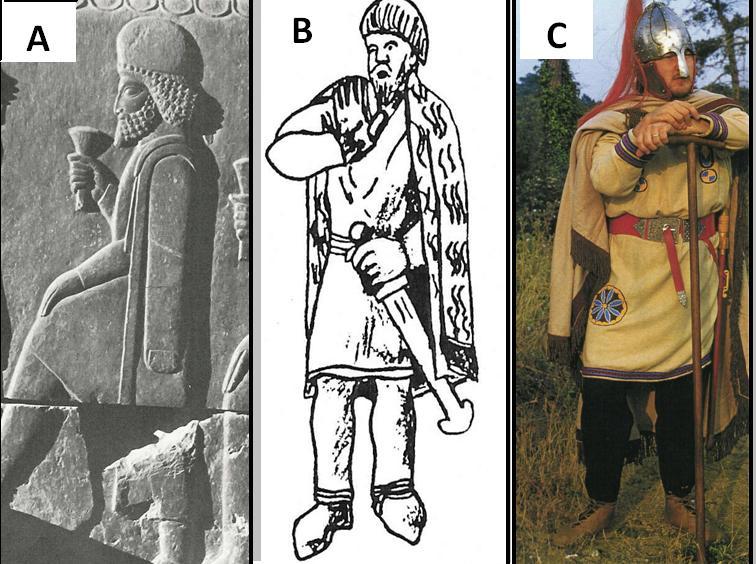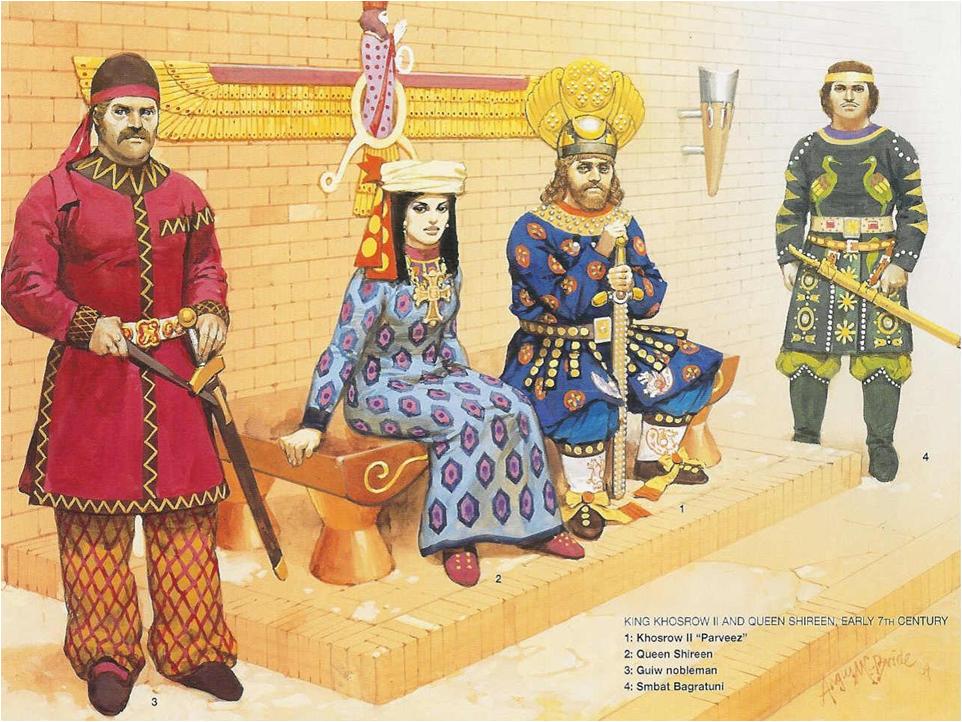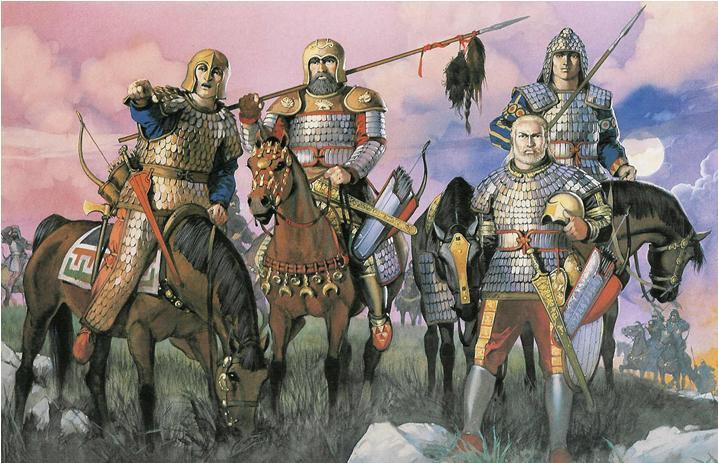The below ideas were expressed to Kavehfarrokh.com by Romanian scholar Dr. Dan Tudor Ionescu (ISACCL-Institutul de Studii Avansate pentru Cultura și Civilizația Levantului Centru de excelență al Academiei Mondiale de Artă și Știință) in response to the following posting on Kavehfarrokh.com provided on July 9, 2018:
King Arthur For more on this topic: Kindly note that the text of Dr. Ionescu’s response below has been provided with various inserts of links, images and accompanying caption descriptions. ================================================================================ Thank You very much! I find it always interesting to explore connections between Celts and Iranians (Alans-Sarmatians-Parthians, Sassania Persians, Ossetians), as well as between these Northern Iranian nomadic tribes and the Dacians and the old Germainic tribes (Goths, Vandals, Heruli, Gepids,, Burgundians, but also Langobards, Franks, Anglo-Saxons, and even Vikings). The Iranian Kandys cape and its legacy in Europe (click to enlarge). (A) Medo-Persian nobleman from Persepolis wearing the Iranian Kandys cape of the nobility 2500 years past (B) figure of Paul dressed in North Iranian/Germanic dress from a 5th century ivory plaque depicting the life of Saint-Paul (C) reconstruction by Daniel Peterson (The Roman Legions, published by Windrow & Greene in 1992, p.84) of a 4th-5th century Germanic warrior wearing Iranian style dress and the Kandys. The Iranian Persepolis styles of arts and architecture continued to exert a profound influence far beyond its borders for centuries after its destruction by Alexander (Pictures used in Kaveh Farrokh’s lectures at the University of British Columbia’s Continuing Studies Division and Stanford University’s WAIS 2006 Critical World Problems Conference Presentations on July 30-31, 2006). Sassanian court of Khosrow II and his queen Shirin (Source: Farrokh, Plate F, p.62, -اسواران ساسانی- Elite Sassanian cavalry, 2005); note the monarch who sits with his ceremonial broadsword. The Sarmatians shared the culture and martial traditions of their Iranian kin, the Parthians and the Sassanians. Many Iranian traditions were to transmitted to the Europeans by way of the Scythians and Sarmatians, notably the cult of the broadsword. It is however almost impossible to say with any certainty what is a common Indo-European element from the Early Bronze Age and what was a borrowing or influence and who truly influenced whom; whence a mythologem originated is very tricky to acsertain. Before the Sarmatians and Alans to become the common mobile element linking together people as different as the Brythonic Celts and Romano-Britons, Anglo-Saxons, Goths, Vandlas, Lombards, even Huns, Avars, Proto-Bulgars, Proto-Magyars, and Slavs, long before the Germanic and Slavic migrations of the Voelkerwanderungszeit, there were the Celts moving all over Europe and meeting in the East with the Dacians, the Getae, the Thracians, and the Scythians (the Dacian-Thracian being Indo-Europeans heavily influenced by the Iranian Scythians). So, who took from whom, where and when and especially why and how are a set of question still unsolved. Scythians on the steppes of the ancient Ukraine. Scholars are virtually unanimous that the Scythians were an Iranian people related to the Medes and Persians of ancient Iran or Persia (Painting by Angus McBride). A branch of the Iranian-speaking Scythians were to arrive in the northwest regions of the Indian subcontinent, to be then known as the “Sikh” (from Iranian Saka=Scythian). Note also the following connections: Other Indo-Iranian-Celtic connections. Vide Jean Markale, L’ Epopee Celtique en Irlande, Paris, Payot, 1971; Idem. L’Epopee Celtique en Bretagne; Idem, Le Roi Arthur et la Societe Celtique, Paris, 1977; G. Dumezil, Mythe et Epopee, Paris, 1981-1986 (3vols.) I do not remember the precise quotations, so passim. With great pleasure always to read You Sir, Sincerely,





